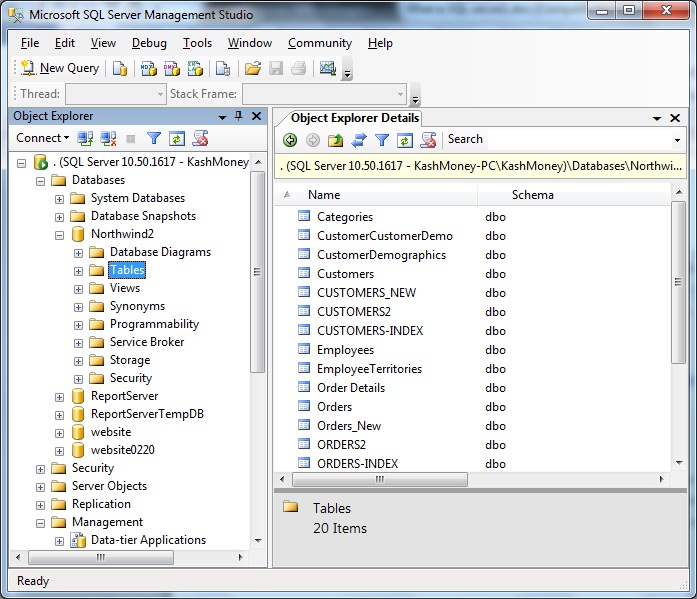
A default constraint should never be used to generate placeholder, fake, or obfuscated data. It is also useful when we wish to have a column that typically is not assigned a value, but requires one for an application or reporting purpose. Creating a default constraint can be useful for ensuring that a column can be made NOT NULL and always be assigned a value. We can see that the default value from the constraint was applied to account_notes, as expected. The results show us how the new row looks in our table: The following is the TSQL to create a table called dbo.accounts:
#Ms sql studio full
This will allow us full reign to customize, test, and break it independently of anything else we are working on.

By delving deeper into this topic, we can improve database design, script quality, and build objects that are easier to upkeep and less likely to break due to maintenance or software releases.Īll demos in this article will use new objects we create here. Performance, syntax, documentation, and maintainability will be evaluated for each method. In this article we will explore the different ways we can create and insert data into both permanent and temporary objects. How we generate and insert data into tables can have a profound impact on performance and maintainability! This topic is often overlooked as a beginner’s consideration, but mistakes in how we grow objects can create massive headaches for future developers and administrators. There are a variety of ways of managing data to insert into SQL Server.


 0 kommentar(er)
0 kommentar(er)
